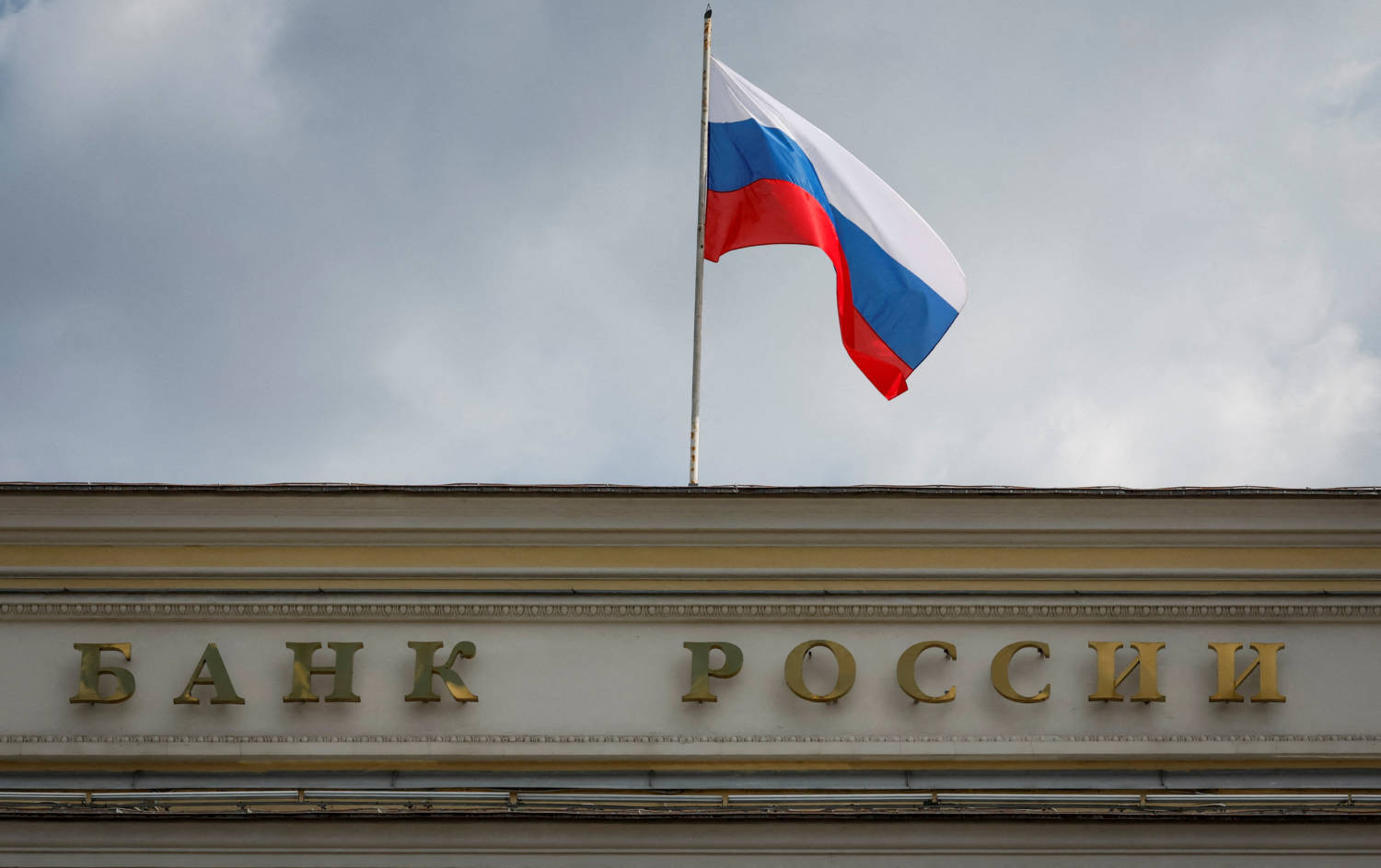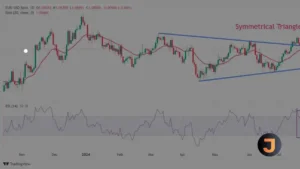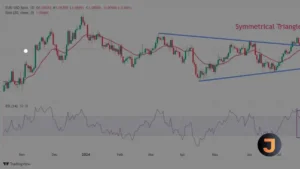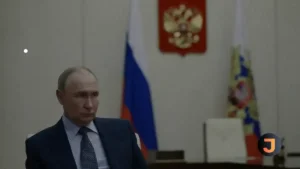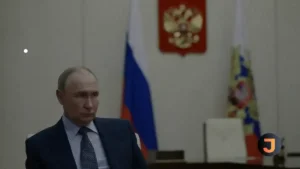EU Mulls Options for Utilizing Frozen Russian Assets
In a significant development, the European Union is poised to make a decisive move regarding the approximately $280 billion in Russian assets frozen since the onset of the Ukraine conflict. With the intention of supporting Ukraine, EU leaders are deliberating on the best legal avenues to allocate these funds.
At the heart of the discussion is the proposal to siphon off proceeds from these assets. The EU holds about 210 billion euros in frozen bonds and securities, primarily managed by Euroclear in Brussels. Legal experts suggest that while seizing the entire asset pool would defy international norms, appropriating the profits from reinvested cash could stand up in court. The European Commission has recommended “ring-fencing” the profits since mid-February, ensuring the capital remains untouched.
Once approved by EU governments, Ukraine could benefit from an annual net gain of 2.5 to 3 billion euros from such profits, contingent on global interest rates. Belgium has agreed to forward the tax collected from these profits directly to Ukraine, with an immediate transfer of 1.5 billion euros planned and another 200 million euros slated for 2025.
Upon becoming EU law, the profits will be disbursed biannually starting in July. Euroclear will retain a small percentage for operational costs and litigation reserves, anticipating legal challenges from Moscow. With over 100 lawsuits already filed in Russian courts against Euroclear, and concerns about Russia targeting Euroclear’s assets globally, there is a palpable risk of financial strain on the institution responsible for approximately 37 trillion euros in global assets.
Another approach under consideration involves confiscation of Russian reserves through a legal doctrine known as “countermeasures,” allowing for direct support to Ukraine or a dedicated reconstruction fund. However, this method faces opposition due to its potential violation of international norms and the risk it poses to foreign confidence in European financial stability.
Alternative financial instruments such as reparation bonds are also being explored. These bonds would be linked to potential war reparations from Russia, with interest payments contingent on compensation received by Kyiv. This method would avoid direct confiscation while still leveraging the frozen assets for Ukraine’s benefit.
A more nuanced proposal comes from sovereign debt experts Lee Buchheit and Daleep Singh, who suggest Ukraine could secure a syndicated loan using its claim for reparations against Russia as collateral. Should Russia default on reparations, allies could then tap into the frozen Russian assets to settle the loan.
The EU’s next steps will undoubtedly set a precedent in international finance, with significant implications for the ongoing support of Ukraine amidst its conflict with Russia.
